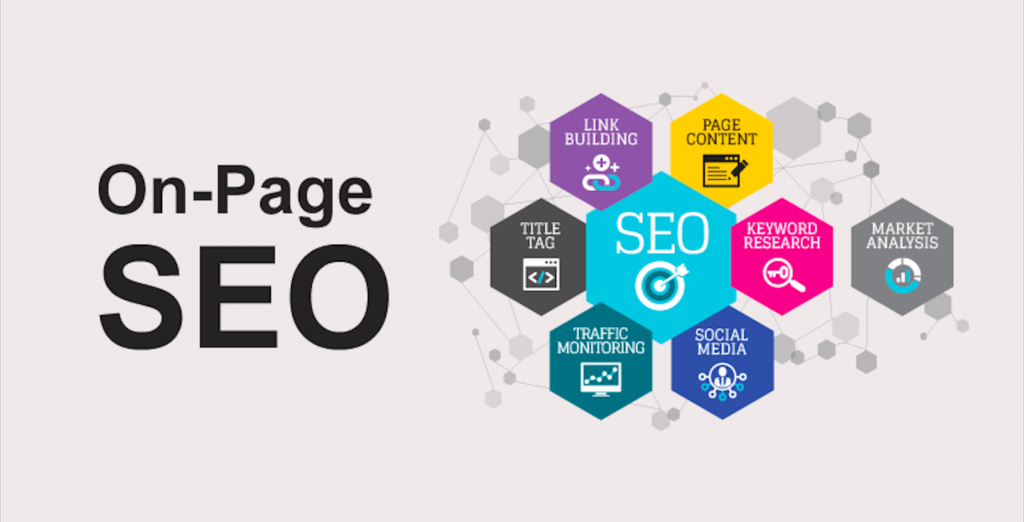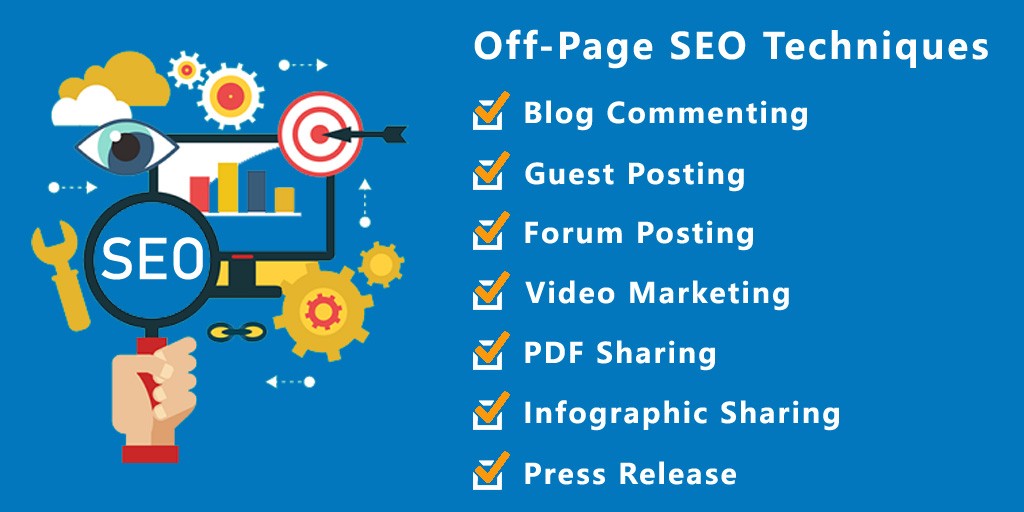- info@provisioningtech.com
- Dwarika mor delhi 110059
On Page SEO

On-page SEO refers to the optimization techniques and practices implemented on individual web pages to improve their search engine rankings and visibility. It involves optimizing various elements within a webpage to make it more relevant and attractive to search engines, ultimately increasing organic traffic and improving the overall user experience. Here are some key aspects of on-page SEO:
-
Keyword Optimization: Research and use relevant keywords that are commonly searched by your target audience. Incorporate them strategically in the page's title, headings, meta tags, URL, and throughout the content.
-
Content Quality: Create high-quality, informative, and engaging content that aligns with the search intent of users. Use proper formatting, headings, subheadings, and bullet points to enhance readability. Longer, comprehensive content tends to perform better in search results.
-
Meta Tags: Optimize the meta title and meta description tags for each page. Keep them concise, compelling, and keyword-rich, as these elements appear in search engine results and impact click-through rates.
-
URL Structure: Use descriptive and keyword-rich URLs that are easy for both search engines and users to understand. Avoid long, convoluted URLs and include relevant keywords in them.
-
Header Tags: Utilize header tags (H1, H2, H3, etc.) to structure your content and signal its hierarchy to search engines. Include your primary keywords in the relevant headers to highlight the page's main topics.
-
Image Optimization: Optimize images by reducing file sizes for faster loading times and adding relevant alt text, captions, and descriptive file names. This helps search engines understand the content of the images and improves accessibility.
-
Internal Linking: Link relevant pages within your website to provide a clear site structure and help search engines discover and index your content. Internal links also help users navigate your site and improve the user experience.
-
Mobile-Friendliness: Ensure that your web pages are mobile-friendly and responsive, as search engines prioritize mobile-friendly websites. Test your pages using mobile-friendly testing tools and optimize them accordingly.
-
Page Speed: Optimize your webpage's loading speed by minimizing code, compressing images, utilizing browser caching, and using a content delivery network (CDN). Faster loading times enhance the user experience and can positively impact search rankings.
-
User Experience: Aim to provide a seamless user experience by optimizing your website's design, navigation, and overall usability. Easy navigation, clear calls to action, and fast-loading pages contribute to improved user engagement and search rankings.
Remember that on-page SEO is just one part of the broader SEO strategy, which also includes off-page SEO factors like backlink building and social signals. Balancing both on-page and off-page optimization is crucial for achieving optimal search engine rankings and attracting organic traffic to your website.
Frequently Asked Question
Sure! I can help answer frequently asked questions. Please go ahead and ask your question, and I'll do my best to provide you with a helpful response.
-
Is my technology allowed on tech?There are many variations of passages the majority have suffered alteration in some fo injected humour, or randomised words believable.
-
How to soft launch your business?There are many variations of passages the majority have suffered alteration in some fo injected humour, or randomised words believable.
-
How to turn visitors into contributorsThere are many variations of passages the majority have suffered alteration in some fo injected humour, or randomised words believable.
-
How can i find my solutions?There are many variations of passages the majority have suffered alteration in some fo injected humour, or randomised words believable.


